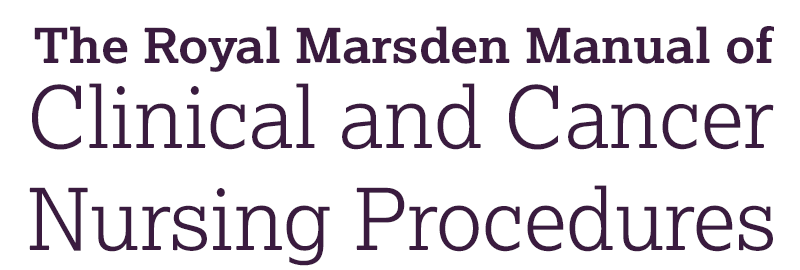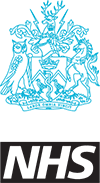Chapter 8: Nutrition and fluid balance
Skip chapter table of contents and go to main content
Post‐procedural considerations
Education of the patient and relevant others
It is important that volunteers, family members and visitors who wish to assist the patient with feeding are familiar with and trained in the processes listed in Procedure guideline 8.9: Feeding an adult patient. This is to ensure they are confident and can safely and effectively assist the patient.
Assessment, recording tools and plate wastage
Food waste must be monitored at all stages of production and service. Waste audits, both qualitative and quantitative, can be used to measure cost, food acceptability and nutritional intake. Standard audits can be devised and acceptable levels of waste set locally (BDA [21]). There should be regular patient satisfaction questionnaires on the quality of food as evidence for the Care Quality Commission (Care Quality Commission [29]).
Food and dietary intake record charts can be used to monitor a patient's intake. These will provide essential information that forms the basis of a nutritional assessment and will determine subsequent nutritional care. It is frequently not evident how much a patient is eating, particularly on busy wards with regular staff changes. Record charts are therefore a valuable resource for dietitians, nurses and ultimately the patient (BDA [21]). They can be used to assess whether the patient is eating and drinking enough, thereby enabling action to be taken to encourage intake in those who have a reduced dietary intake.
Intake changes as a result of disease, symptoms, medication, unfamiliar surroundings and food availability can be further compounded if there are difficulties observed with eating and drinking. Close monitoring of oral intake is essential, especially if weight loss is evident or concerns are expressed by the patient, staff and/or relatives regarding the patient's nutritional intake. An exception to this is when a patient is receiving end‐of‐life care and it has been clarified with the clinical team that active nutritional support is not appropriate.
The objective is to quantify the amount of food and drink (including oral nutritional supplements) consumed by a patient over an agreed time period.
Key points that should be considered include the following:
- All screening, including food charts, should be linked to a care plan and documented in the patient's notes (BDA [21], DH [46]).
- Food charts should be available on all wards and should be simple to complete. Household measures (such as tablespoons, slices of bread or hospital portions) can assist with the speed of completion.
- Training should be given on how the chart should be completed; this training should preferably be provided by the dietitian or specialist nutrition nurse. This will facilitate understanding of the rationale and continuity of recording and improve accuracy.
- Institutions must decide whose responsibility it is to complete the charts (nurse, nursing associate, healthcare assistant or ward catering staff) to avoid confusion. Some patients may be able to complete the record themselves if given guidance on what is required.
- Charts need to be carefully completed over a minimum of 2–3 consecutive days, or longer if requested by the dietitian.
- All food record charts that have been reviewed by a healthcare professional should be signed and dated on completion of review.
- If there is strong concern about the quantity of food that has been consumed by the patient, this must be verbally relayed to the nurse in charge, ward dietitian and managing team.
- Difficulties arise when food chart data are not accurately completed or reviewed, during which time malnutrition and its consequences continue, rather than being quickly identified and addressed.





